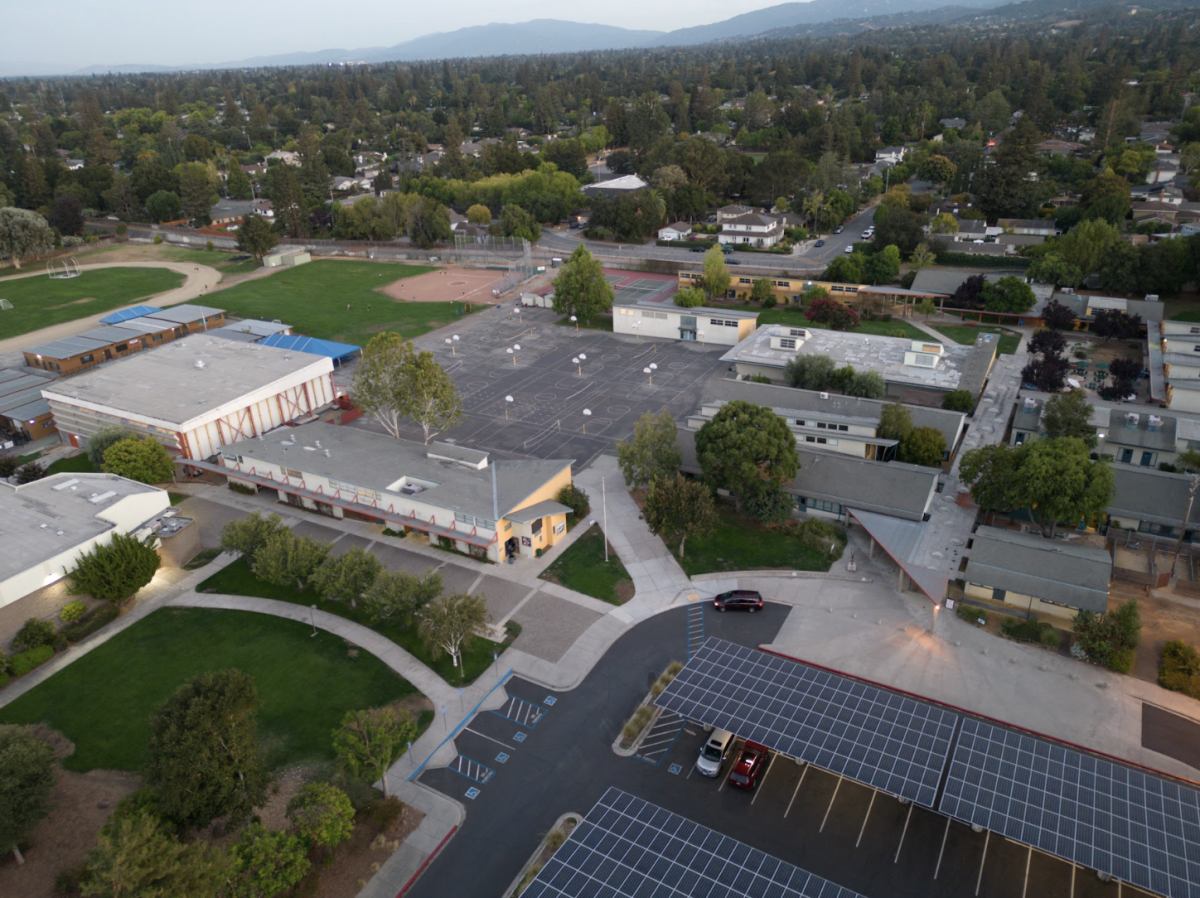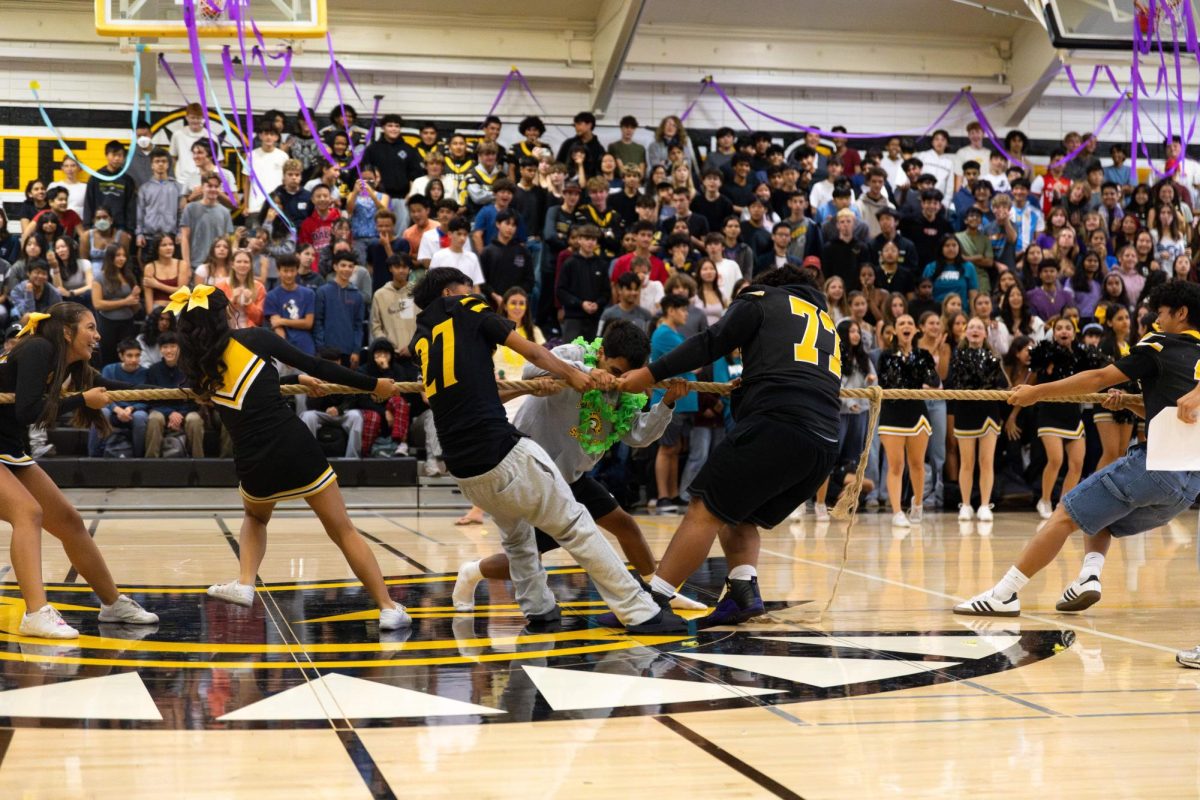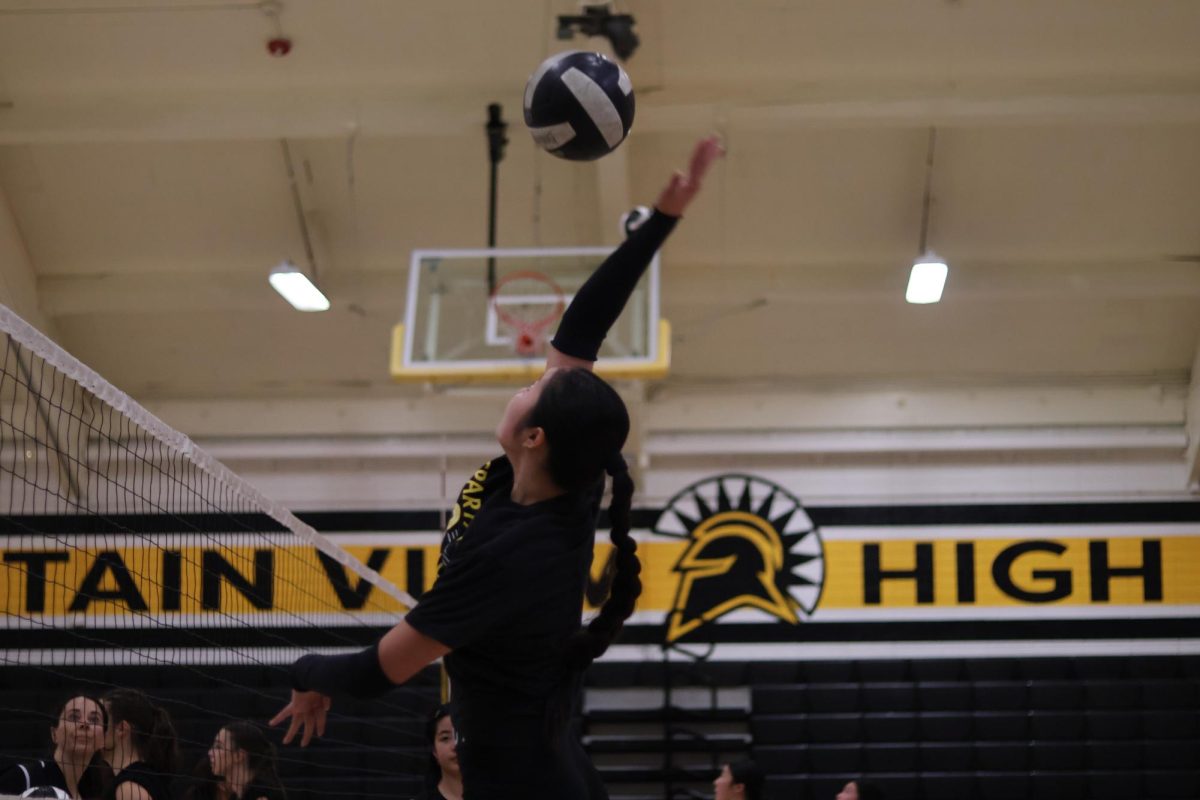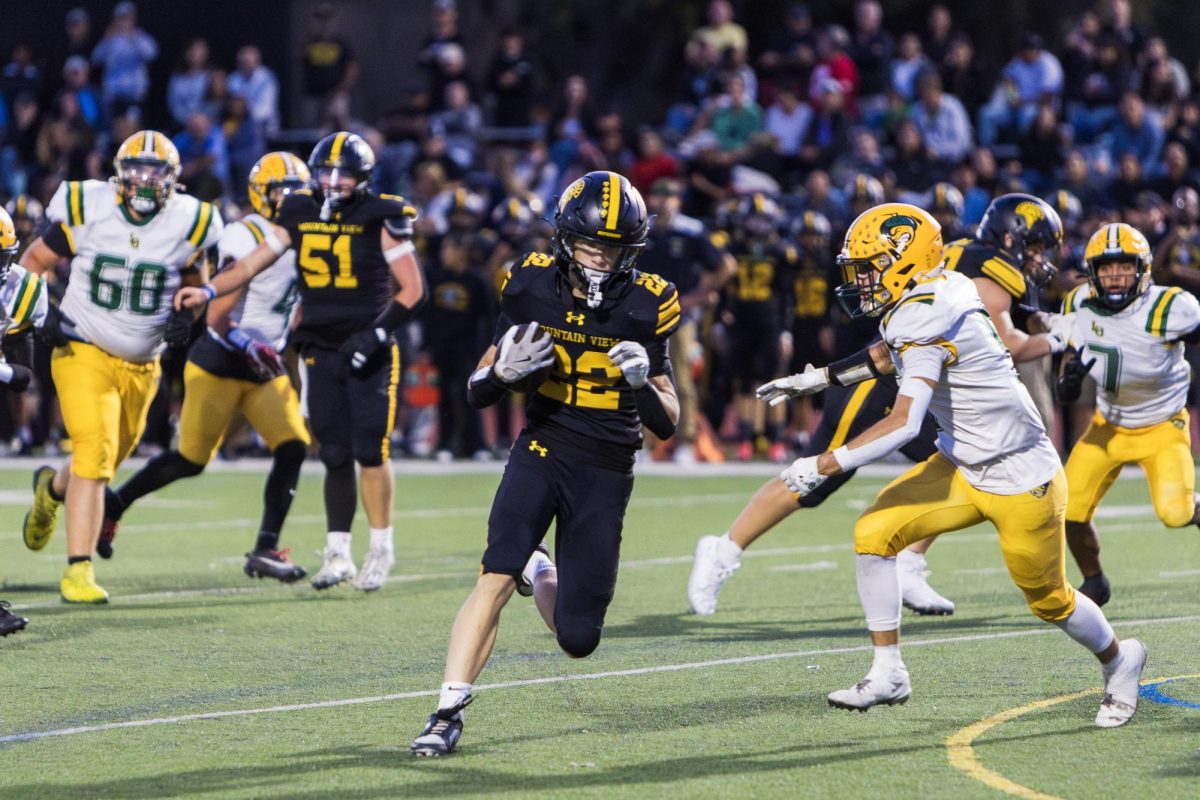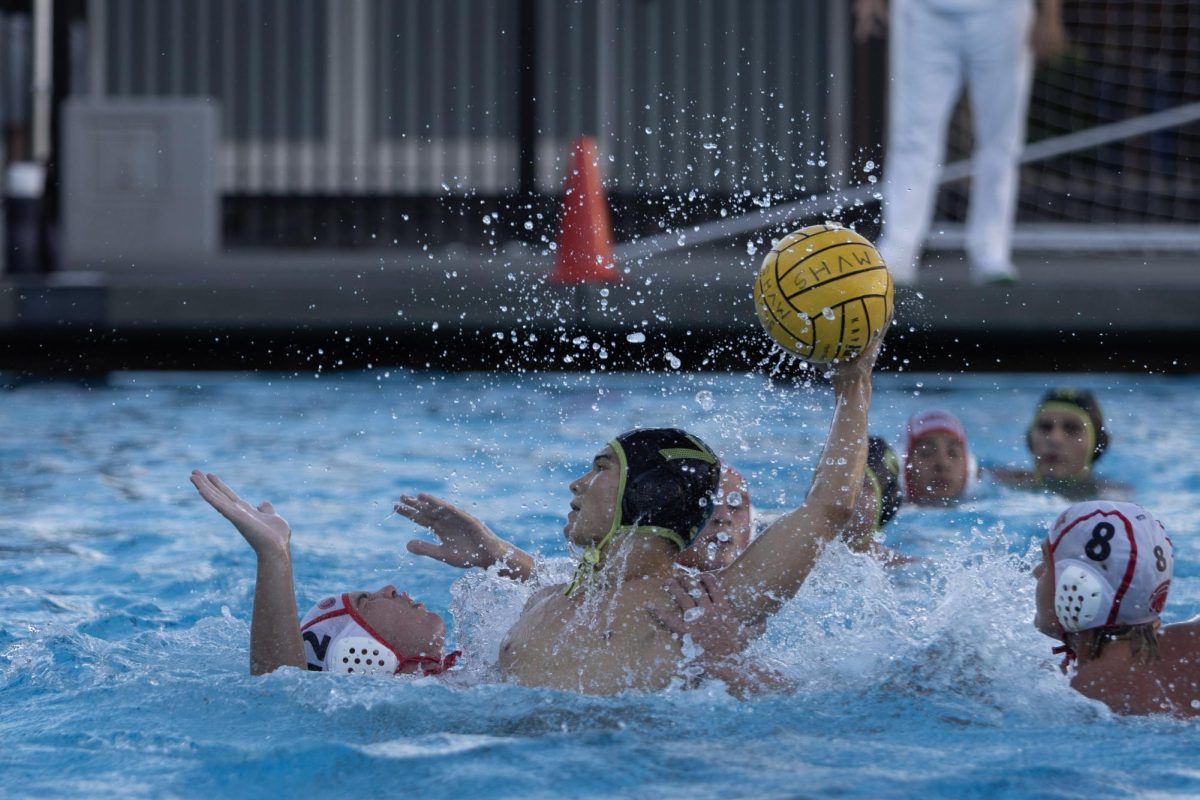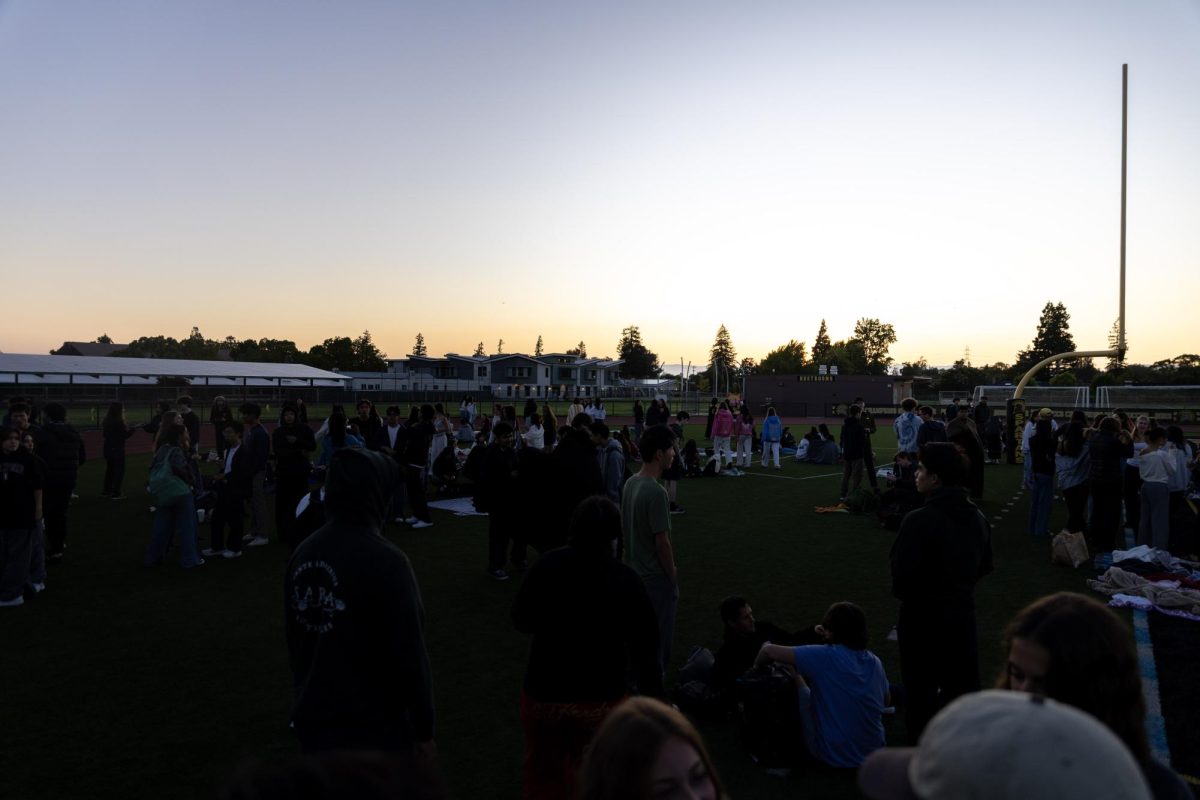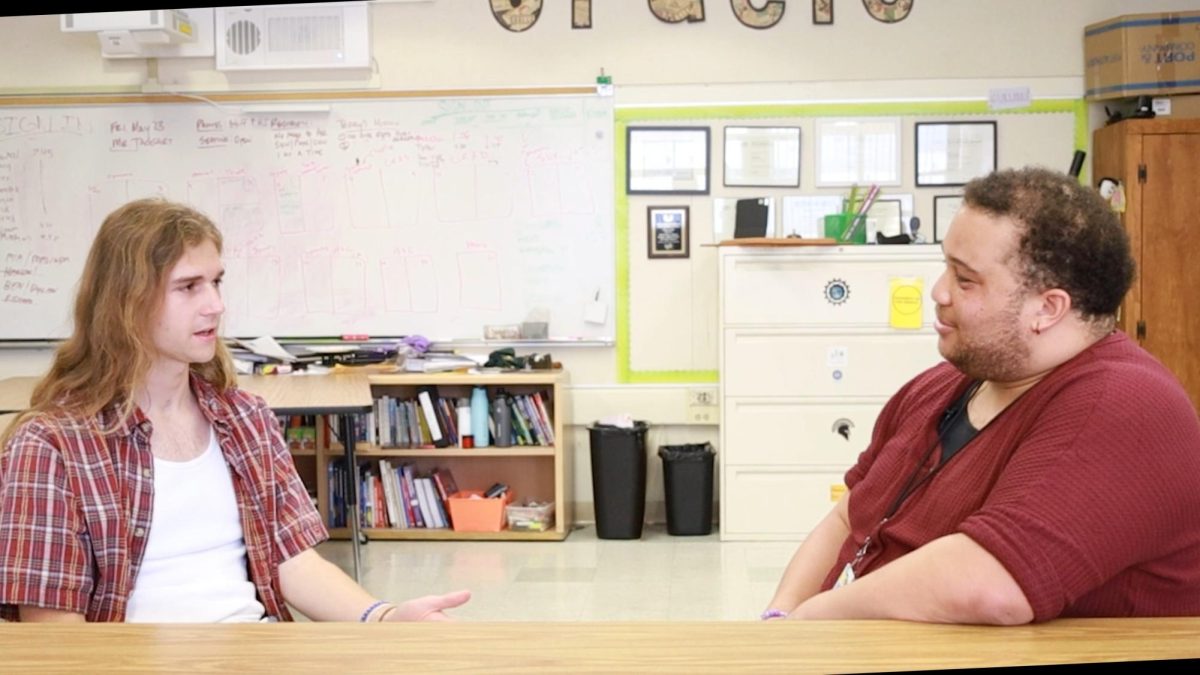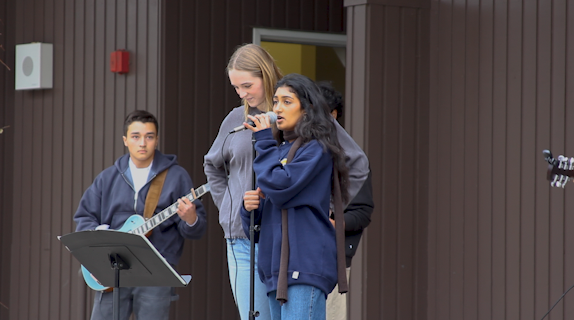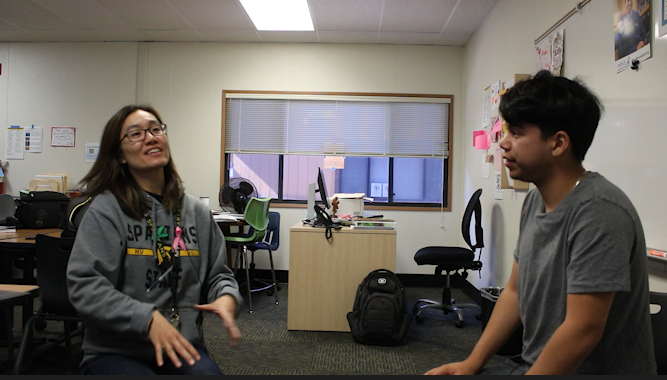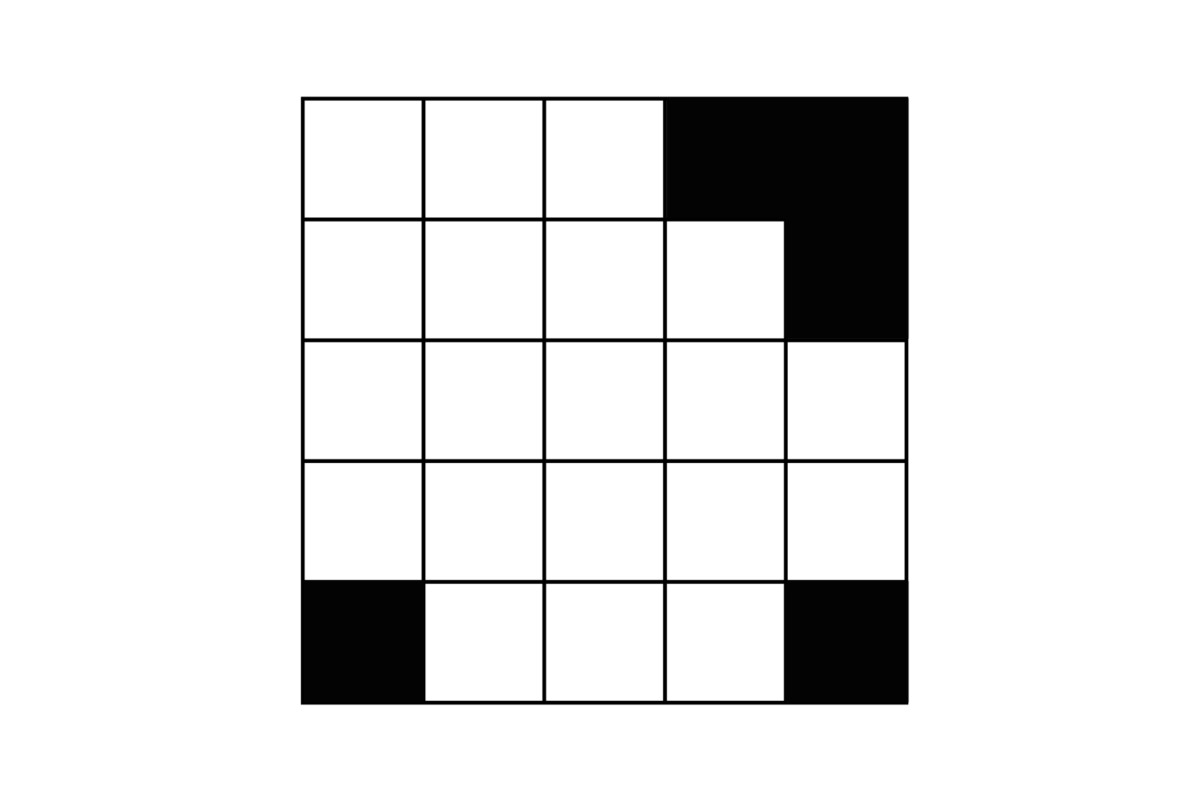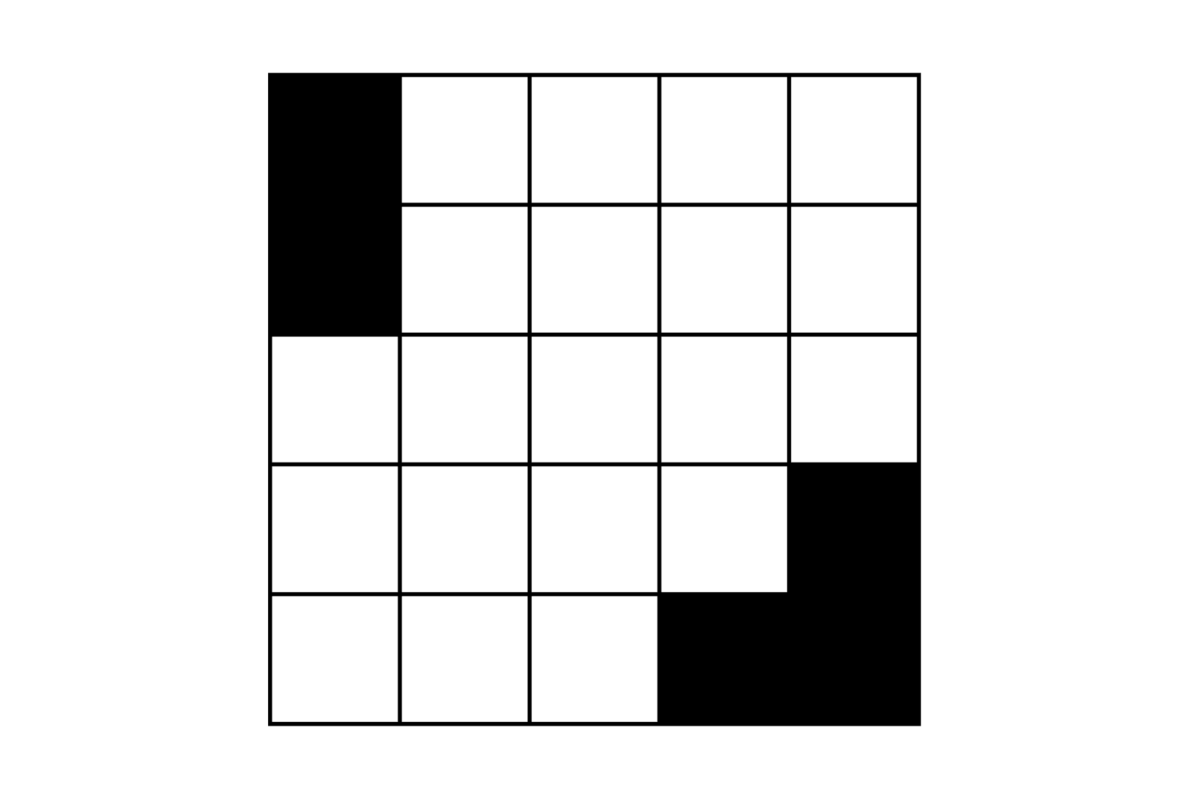As the school year comes to an end and we start to think more seriously about what classes we are taking next year, it is important to know about new courses offered, like Physics 1. Here is some information about the new course.
Why was it created & why is it offered at MVHS?
AP Physics B is an algebra-based physics course that is not offered at MVHS. It is a very broad course that the National Research Council found to rush over topics and not give students a deep understanding of important principles. In addition, it does not cover important topics such as rotational dynamics and angular momentum in Newtonian mechanics.
To solve these problems, AP Physics B is being split into 2 year-long courses, AP Physics 1 and AP Physics 2, to allow students to learn more content, have more laboratory time, and gain an overall deeper understanding for the concepts.
AP Physics 1 will serve as an intermediate between the regular Physics class and the calculus-based AP Physics C: Mechanics class currently offered.
What is it & what do you learn?
AP Physics 1 is an algebra-based physics course that is equivalent to a first semester college course in the subject. The course covers the following topics: electrostatic and DC circuits, Newtonian mechanics (including rotational dynamics and angular momentum), simple harmonic motion, mechanical waves and sound, and work, energy, and power. 25% of the instructional time is kept for labs.
AP Physics 1 differs from AP Physics C (Mechanics), because AP Physics C (Mechanics) is calculus-based, while AP Physics 1 is algebra-based. AP Physics C (Mechanics) covers somewhat different topics – Newton’s laws of motion, work, energy, and power, circular motion and rotation, systems of particles and linear momentum, kinematics, oscillations, and gravity.
Are there any prerequisites?
Students planning on taking AP Physics 1 should at a minimum have completed Geometry and Algebra 2.

